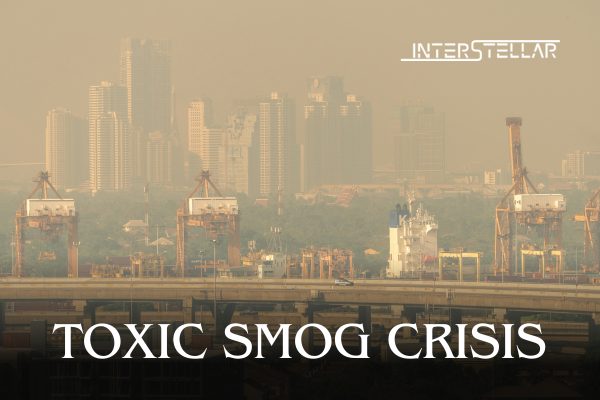Toxic Smog Covers Northern India, Severely Reducing Visibility
Northern India was blanketed by thick smog on Thursday, reducing visibility drastically in several areas. The smog resulted from a combination of high pollution levels, high humidity, low wind speeds, and a drop in temperature, according to local officials.
Severe Pollution in Lahore and New Delhi
Lahore, in neighbouring Pakistan, ranked as the most polluted city globally, a common occurrence each winter in the region. The severe air quality is intensified by dust, emissions, and smoke from fires illegally set in the Indian farming states of Punjab and Haryana.
In New Delhi, the smog did not impact operations at the city’s international airport, though some airlines issued warnings for possible disruptions. Delhi International Airport Limited (DIAL) reported that visibility was around 300 metres (980 feet) on Thursday morning. However, they expect improved conditions as breezes are forecasted to disperse the smog throughout the day.
IndiGo Airlines advised that “winter fog may impact flights” connecting Delhi, Amritsar in Punjab, where visibility was reported to be zero, and Varanasi in Uttar Pradesh. On Wednesday, some flights into New Delhi were diverted due to poor visibility.
Temperatures and Air Quality Index in ‘Severe’ Range
In Delhi, the minimum temperature dropped slightly from the previous day, reaching 16.1 degrees Celsius (61°F). For the second consecutive day, pollution levels in Delhi remained in the “severe” range, scoring 430 on the air quality index. The index, managed by the country’s top pollution panel, considers scores between 0-50 as “good.”
The Ministry of Earth Sciences predicts that pollution in Delhi will remain in the “severe” category on Friday. Later, conditions may ease to the “very poor” range, with scores likely between 300 and 400.
Rising Farm Fires Add to the Pollution Crisis
The practice of burning paddy stubble to clear fields for wheat planting has led to a significant rise in farm fires this week. The Ministry of Earth Sciences reported an increase in field fires, with nearly 2,300 incidents recorded on Wednesday compared to 1,200 on Monday.
Lahore’s Struggles with Hazardous Air Quality
On Thursday, Lahore remained the world’s most polluted city according to IQAir, a Swiss organisation that tracks global air quality. In response, the provincial authorities have taken drastic measures, including closing schools, halting construction activities, restricting most outdoor activities, and enforcing early closures for some businesses.
with inputs from Reuters





